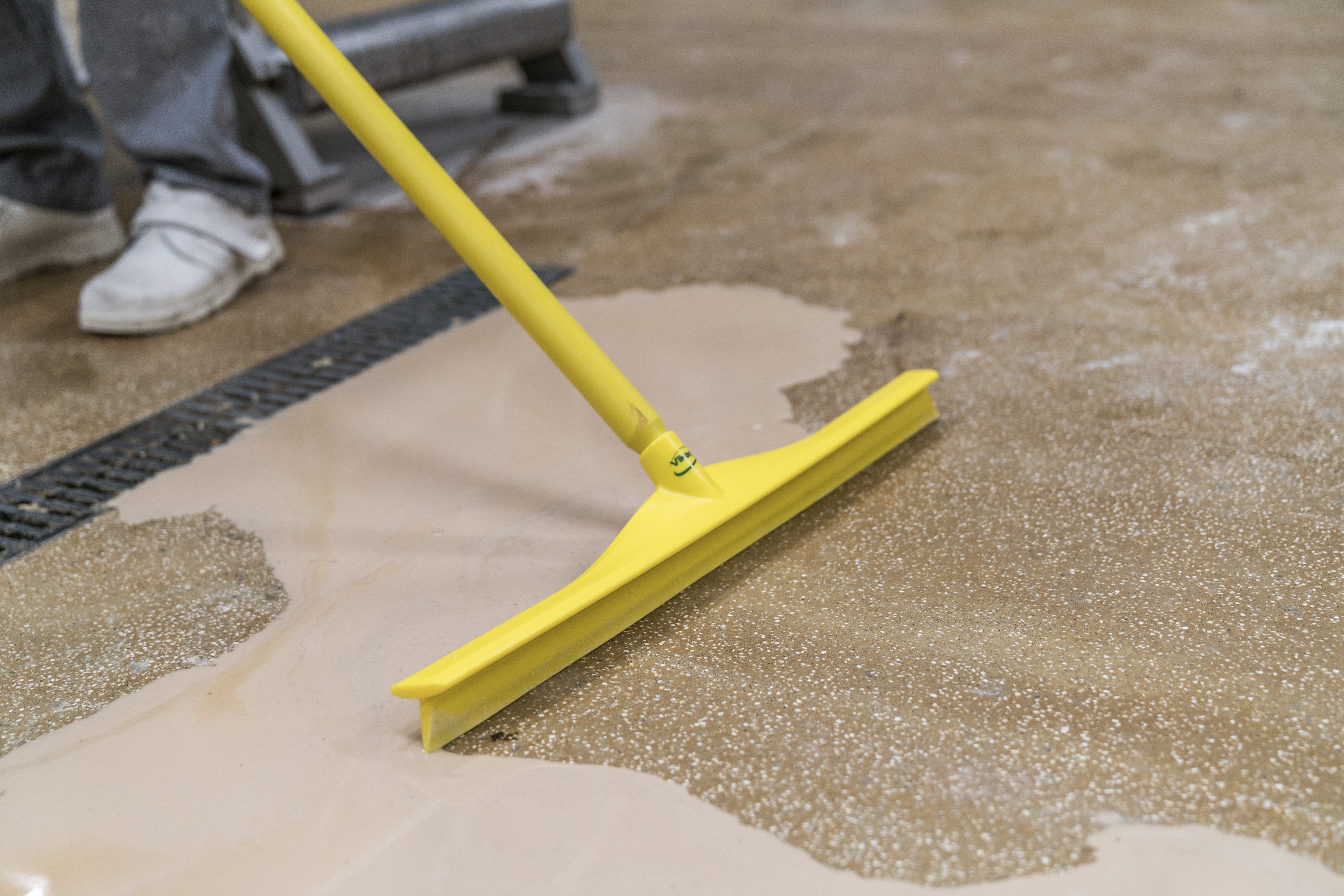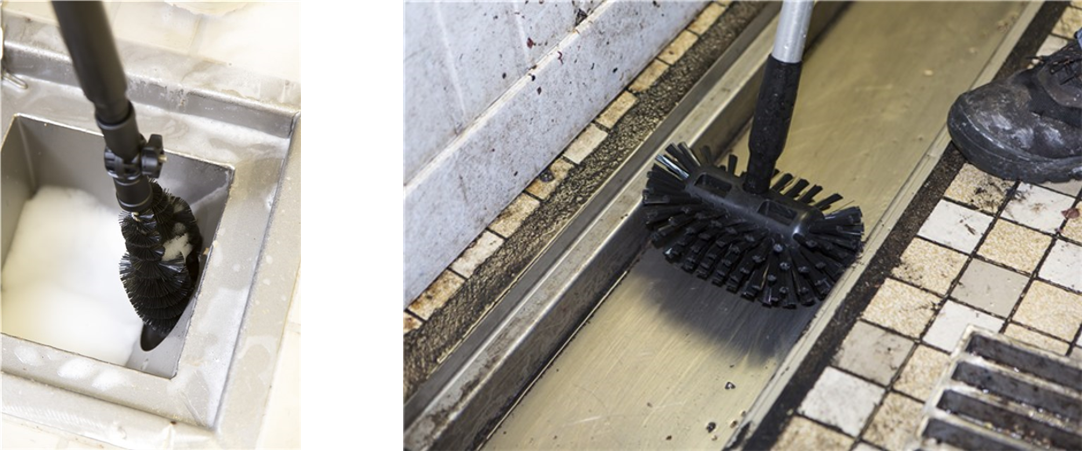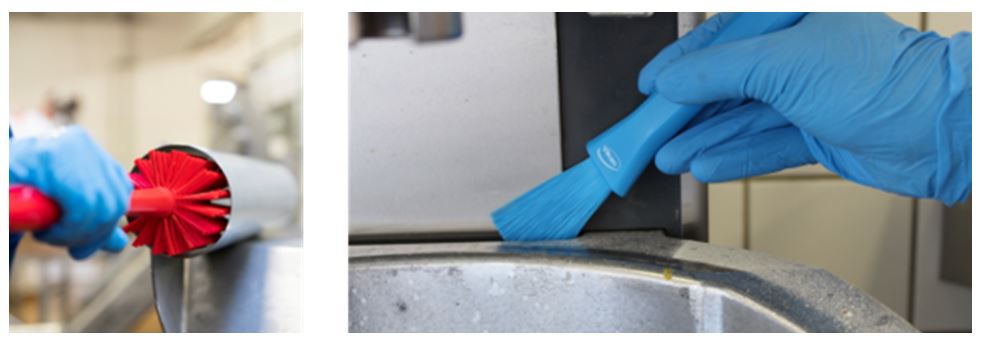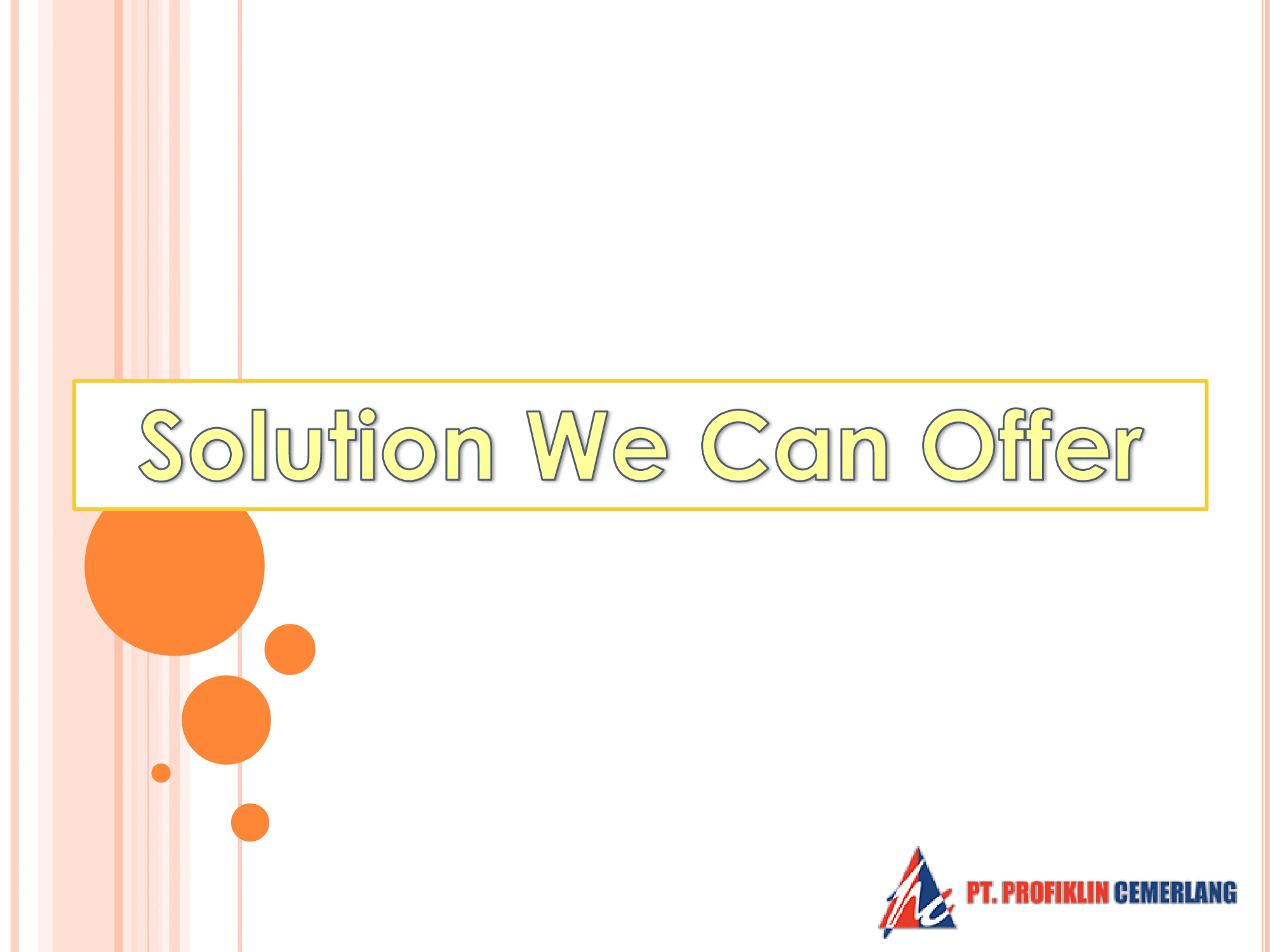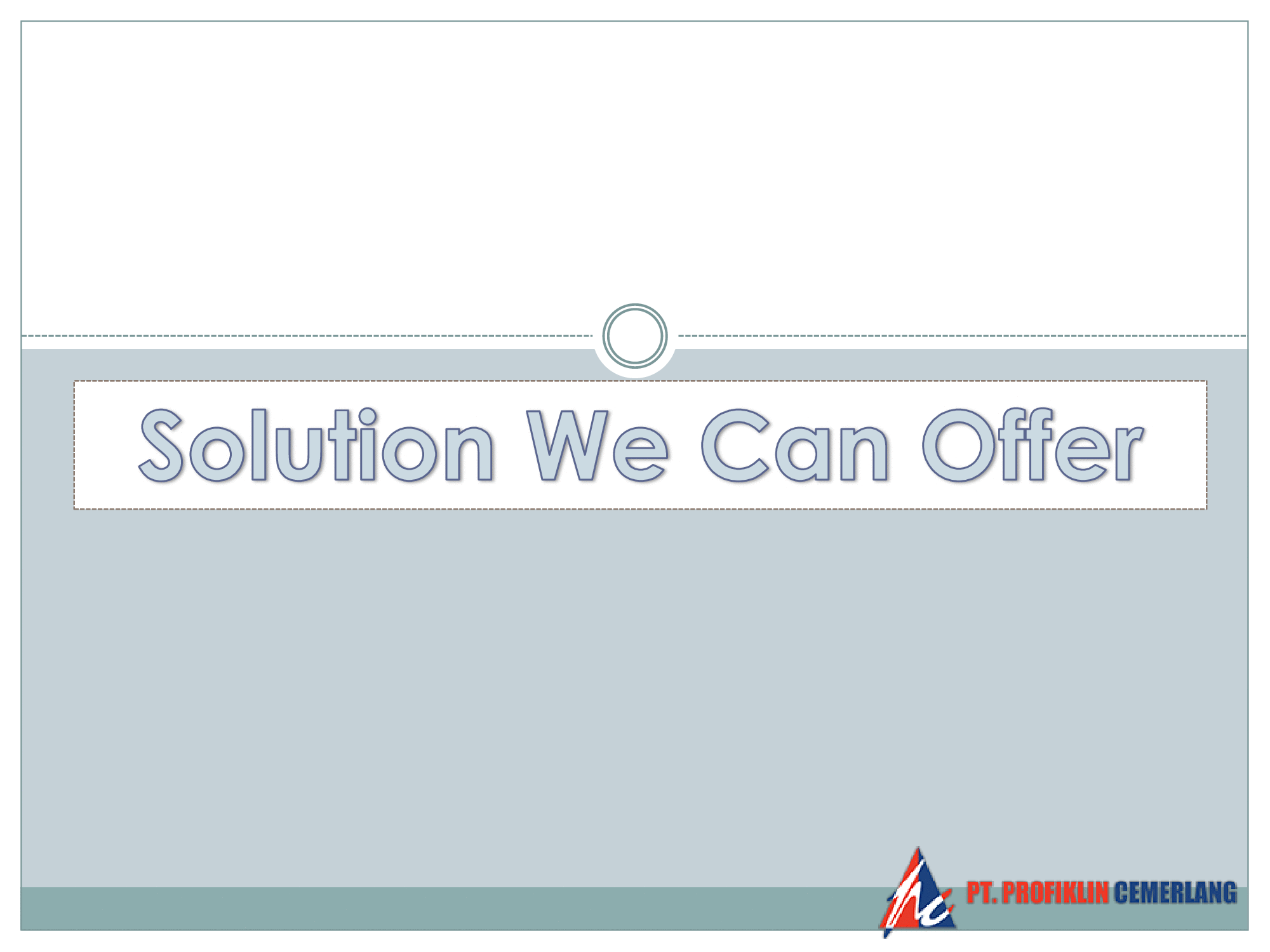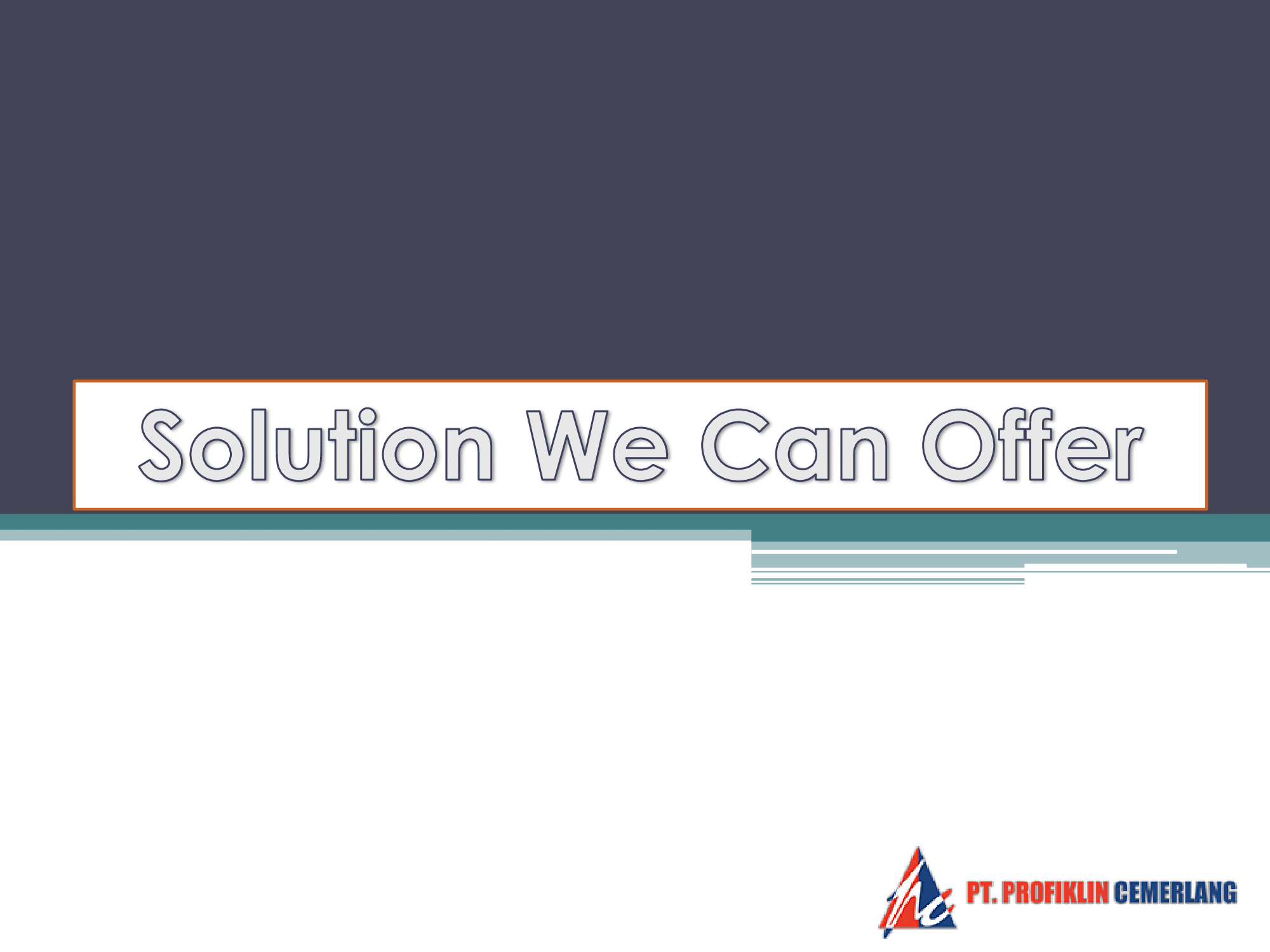
A floor scrubber dryer is considered to be the ideal floor cleaner for any hard floor. It works by scrubbing, cleaning and drying your floor. Using a floor scrubber dryer has multiple benefits. The first of which is that it is an incredibly efficient and easy to use method of cleaning. It saves huge amounts of time and effort against the traditional mop and bucket method of cleaning. Its cleaning ability is far more effective than a mop. It cleans uniformly and consistently at all times ensuring that you do not have to go back over the floor “for the bits you missed” and that you have a reliable result each time it is used. This efficient cleaning will also be saving you money in labour costs!
From a Health and Safety perspective the use of a scrubber dryer brings many advantages. Both the water and cleaning chemicals are contained within the machine, thus preventing chemical spills or over flowing buckets causing an issue. Along a similar line, as the machine dries the floor after it cleans this prevents any slip hazards or disruption waiting for the floor to dry!
Solution We Can Offer !!
Ride On Scrubber Dryers
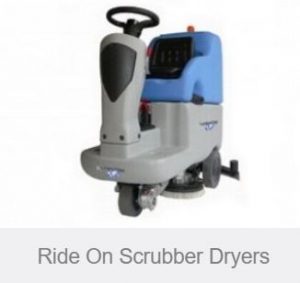
A ride on scrubber dryer is designed to clean larger hard floor areas, cleaning and drying them in a single pass. The water, cleaning chemical and dirt are removed by a vacuum. Fiorentini machines offer simplicity of use and are robust, which ensures low on-going maintenance costs. The diversity of the floor scrubber dryer range also means that any hard floor or size of floor can be cleaned effectively.
Walk Behind Scrubber Dryers
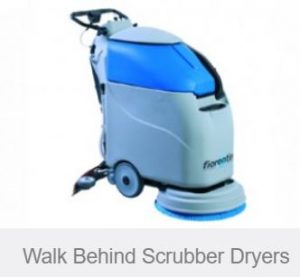
A Fiorentini walk behind (pedestrian) scrubber dryer is designed for those smaller areas, cleaning floors by pushing the machine and drying them in a single pass. The water, cleaning chemical and dirt are removed by a vacuum. Fiorentini pedestrian floor scrubbing machines offer simplicity of use and are robust, which ensures low on-going maintenance costs. The diversity of the Fiorentini small scrubber dryer range ensures that a small floor scrubber can be found to suit your cleaning requirements.


